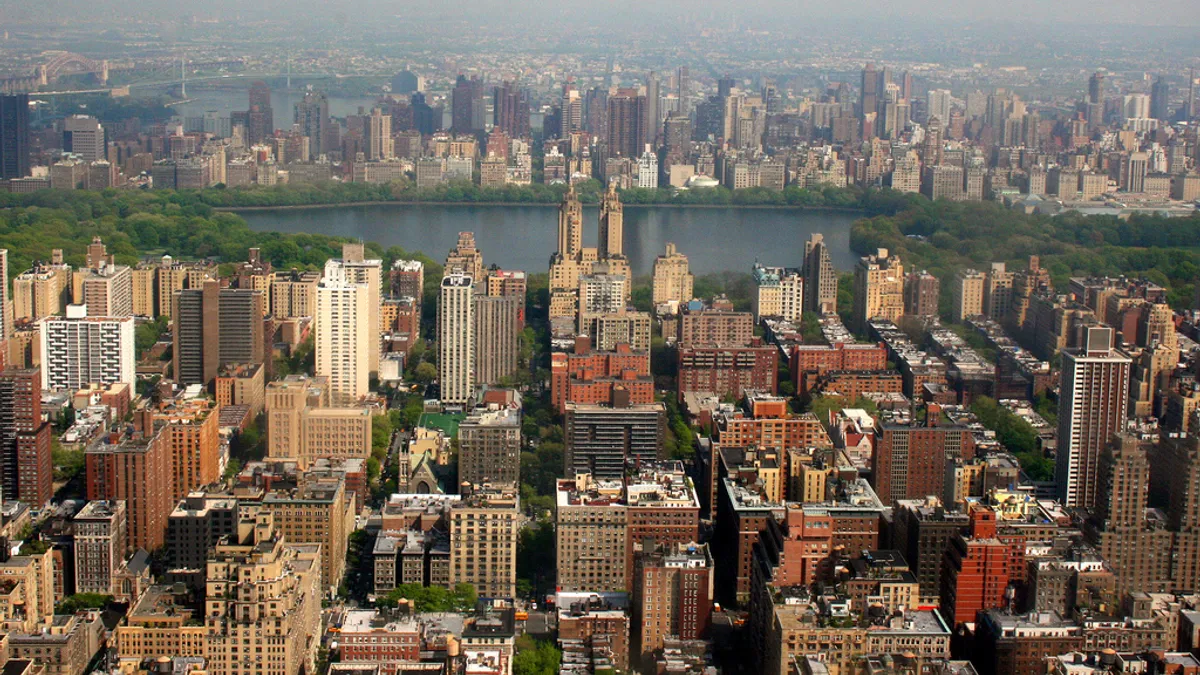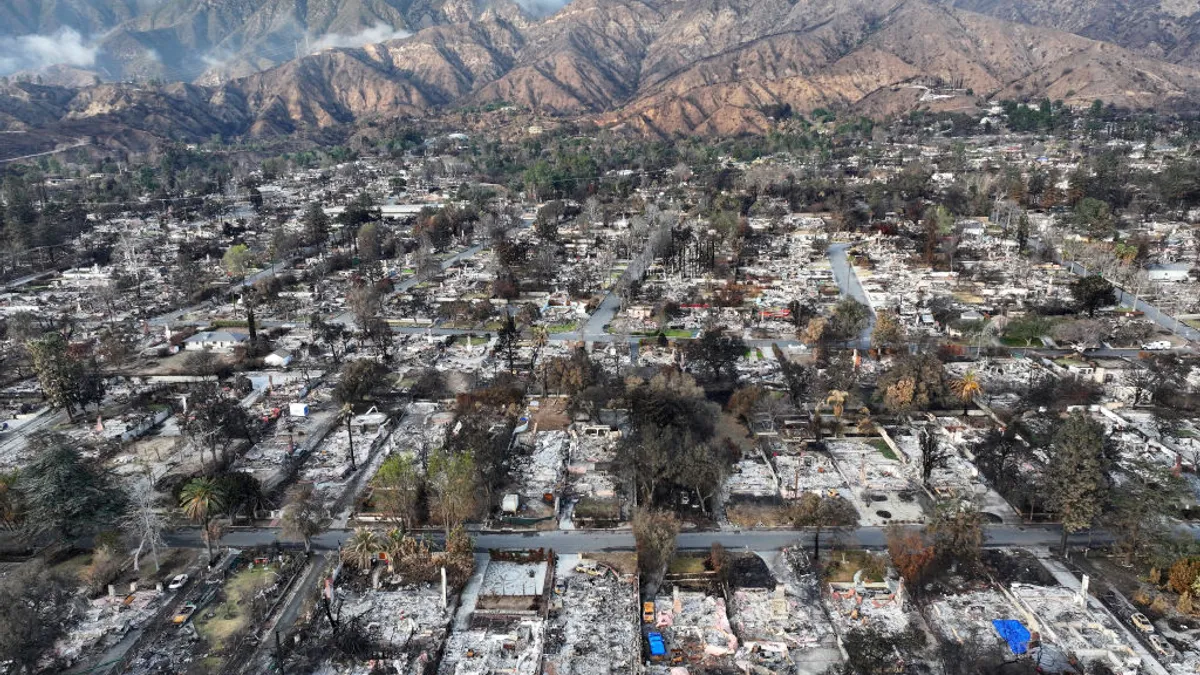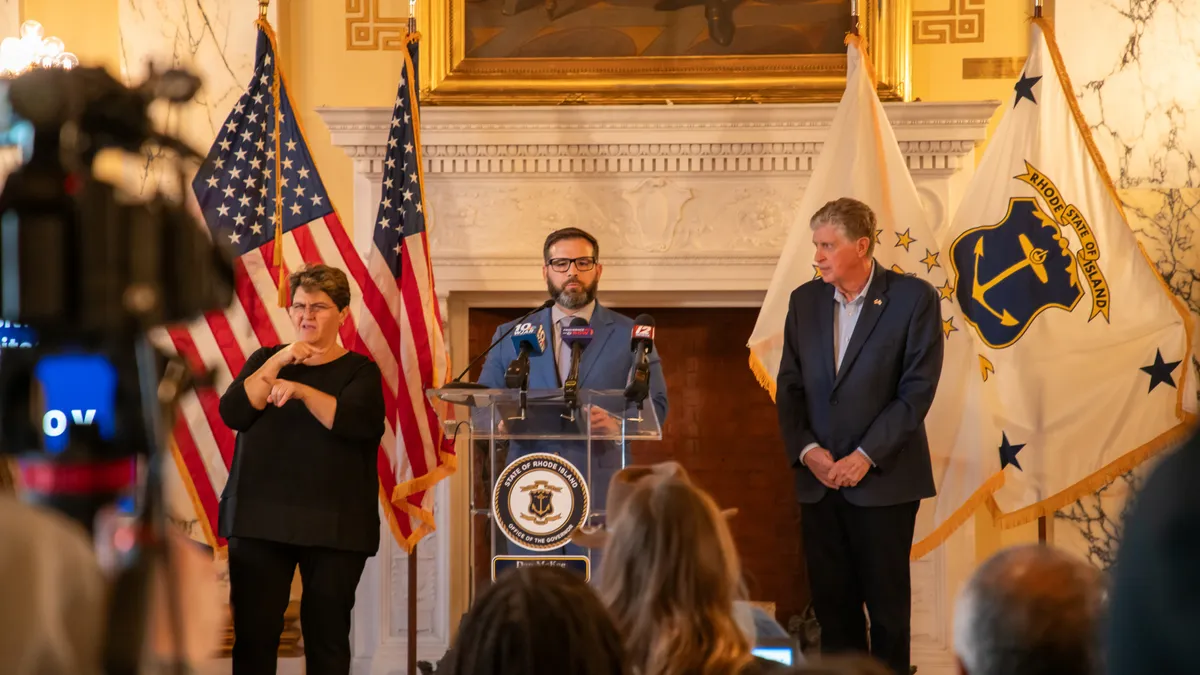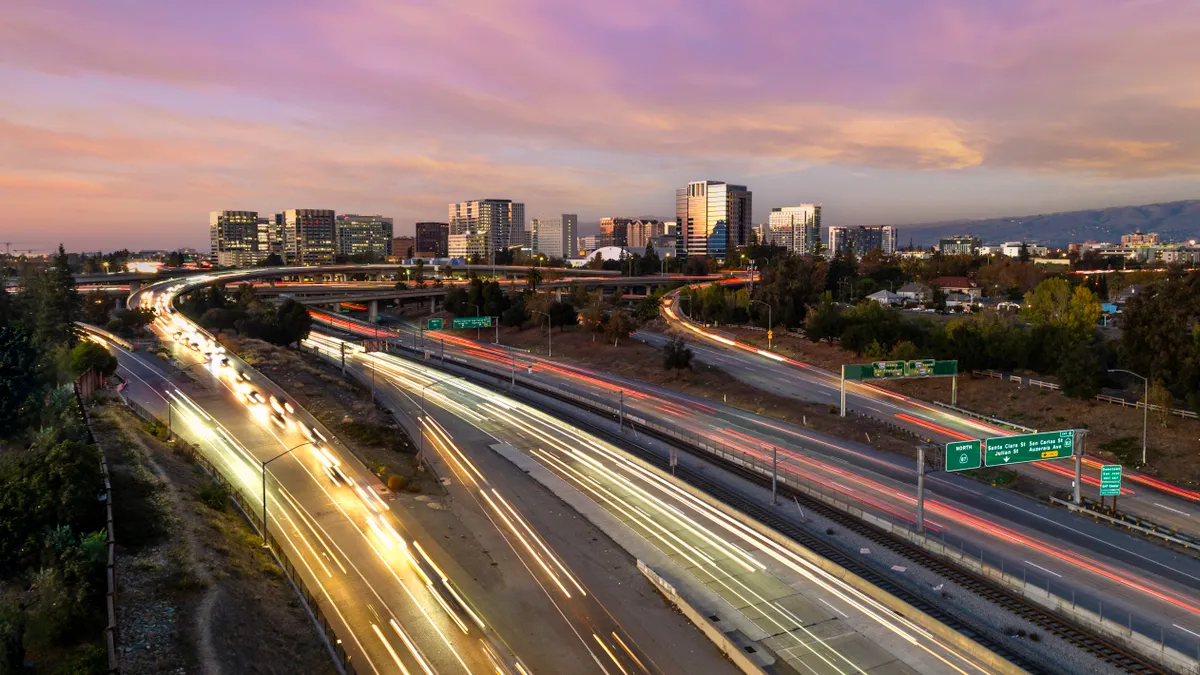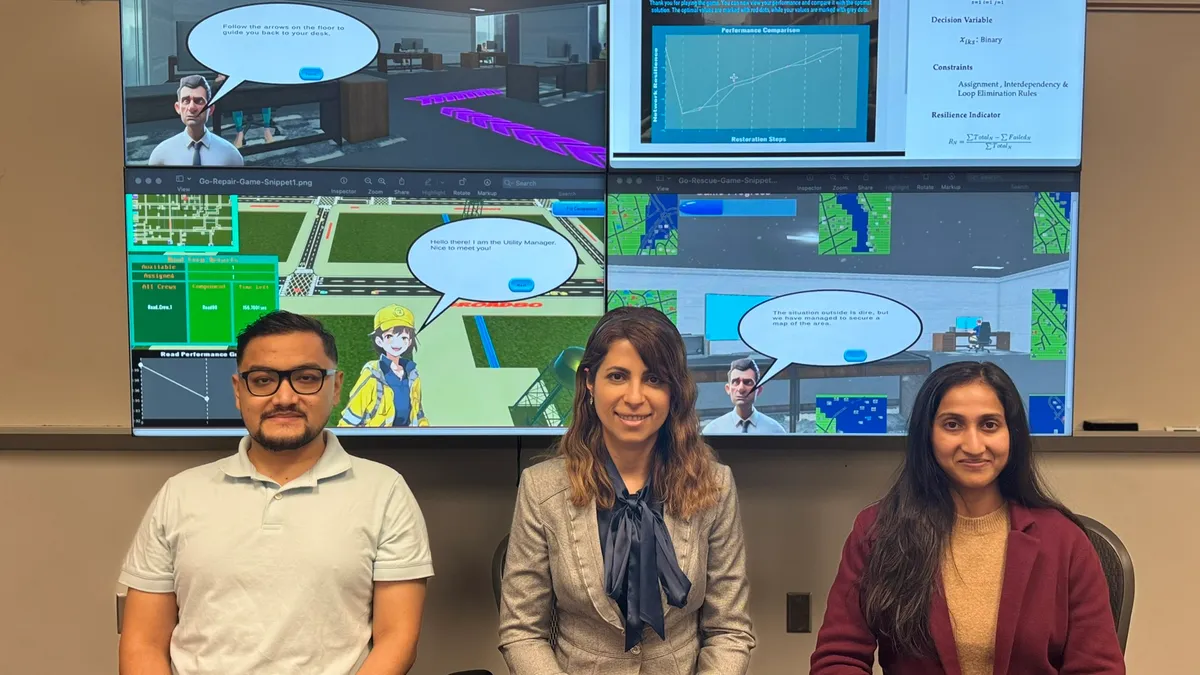Editor's Note: The following is a guest post from Shrihari Pandit, CEO of Stealth Communications.
New York City is one of the country’s most important innovation hubs; it just so happens that places like Silicon Valley have — up until now — largely stolen its thunder.
With a multitude of programs and top leadership across countless industries, New York’s ability to entice millennial talent just became its biggest asset in a push to become the epicenter of the country’s latest major tech migration. People finally noticed this wave thanks in large part to Google’s latest moves in Manhattan, and Queens being crowned a winner of Amazon’s HQ2. Now, the city is at a key moment to take the first steps to truly catalyze innovation to be more livable, sustainable and resilient.
The goal here is not technology for the sake of technology. It’s a means, not an end. From broadband internet to transportation, health care to education, New York has looked to do just that for awhile now.
In fact, New York was named the best smart city by the Smart City Expo World Congress in 2016, coming off the heels of Mayor Bill de Blasio’s Building a Smart + Equitable City initiative. That ambitious plan meant making New York the global benchmark for smart technologies by expanding connectivity among citizens, growing its innovation economy ecosystem to scale smart technologies, and rolling out a targeted a strategy for connected devices and internet of things (IoT) implementation.
There's much to celebrate, but there's still lots of work needed to fully realize the smart city potential.
Urbanization and innovation
Smart city applications need to rely on robust data connectivity. Today that primarily means fiber. Wireless also ultimately rides terrestrial wires, usually fiber optic cables — in telecom jargon, it’s called “backhaul.” Fiber, from private ISPs as well as government initiatives, has greatly expanded availability in New York City over last several years. Unlike smaller cities, New York’s fiber infrastructure is not strung on telephone poles, but is protected in underground conduits. It is a critical piece of infrastructure and a tremendous competitive advantage for New York.
Like any major modern metropolis, New York’s greater challenges equal its level of innovation opportunities. The problem is that the city’s woefully outdated information and communications infrastructure are slowing fiber deployment in the outer boroughs, which is a potential drag on their growth.
While Google and Amazon’s latest moves should be enough to help spark an influx of technology companies to the city, it should also trigger new robust infrastructure investment as well to meet the technology needs of those modern businesses.
Infrastructure overhaul
A major part of this equation includes an overhaul of New York’s century-old system that hasn’t had a major update in decades. Improvements in the fiber-optic conduit "delivery" system would essentially augment the city’s data backbone. To move forward with such an essential update, leaders must address the convoluted and anachronistic telecom rules guarding that conduit system.
Specifically in Manhattan and the Bronx, a neutral conduit system allows any licensed provider to install and maintain their own fiber-optic cables. But there’s no neutral system governing conduits in Brooklyn and Queens. Consequently, access is restrictive, slower and far more costly.
That might be good news for attracting tech businesses to certain areas instead of others. But limiting fiber expansion is an inequity between boroughs that won’t be sustainable for a unified future.
Much-needed modernization
So how can the tangled bureaucratic mess of the city, coupled with the wide range of companies across many different industries riding the tech wave, facilitate positive interaction and actionable steps when each is focused on accomplishing their own independent goals? The hope is that the tech wave inspires a new spirit of cooperation between private and public-sector leaders and governments and their agencies to innovate, take action and design for the future.
Because of Amazon and Google, New York has a renewed vote of tech confidence that only validates the city’s need for modernization. The time is now for New York to correct regulatory imbalances, and spark a citywide infrastructure network update.
Once a healthy balance between telecommunications companies and the cities they serve is reached, New York City will be on the right track to truly make the smart city dream a reality.


